Among all the spices used in Persian cuisine, one particular one is just like a secret ingredient. Iranian Saffron or the red gold is what makes most of the Iranian dishes delicious. From aromatic foods and colorful desserts to physical and spiritual medicine, Persian Saffron is in the list of the ingredients.
What is Persian Saffron?
The spice saffron is the vermilion stigmas, derived from the flower of Crocus Sativus, which when dried up is prepared to use. Saffron has a very rich history. It dates back to ancient Iran and later it spread to other countries. Greece, India, Turkey, and China. These countries are some of Iran’s new competitors in the production and trade of saffron. However, Iran is still the biggest producer of saffron and owning 90% of the world’s production.
Iranian Saffron Regions
Khorasan Province is the main part of Iran in growing saffron. However, nowadays other parts of Iran like Fars, Kerman, Lorestan, and East Azerbaijan have started to produce saffron as well. 150 flowers are needed in order to extract 5 grams of stigmas. This gives us 1 gram of dried and usable saffron spice. Since harvesting saffron needs extremely hard work, it’s a precious and expensive spice. That is why saffron deserves to be called, the Red Gold.
Where Does Iranian Saffron Grow?
It mostly grows in hot and dry climates, but the most important element in growing saffron is the soil. Heavy clay soil must be avoided at all costs and it must be well-drained before we can grow saffron in it. A neutral clay-calcareous or silty soil is the ideal type of land for saffron. That is why saffron is called “Desert’s Gold” as well.
Time of Harvesting the Red Gold
In early November each year, the saffron harvest season begins. While most other vegetation is gone, the bright purple flowers cover the fields and create an outstanding landscape in dry regions in Iran. Major saffron producers of Iran are located on the east side of the land of Persia. If you would like to see the Mashhad Souvenirs, you can click on it..
Uses of Saffron
Saffron has been used as a dye agent for fabrics and clothes as well as an element in producing cosmetics and perfumery. It also has many medical and food intakes. People have been using saffron in foods and drinks, due to its specific flavor and delicate yellow-red color.
Medical Use of Persian Saffron
Saffron also is used in medicine. It is anti-cancer, anti-inflammatory, anti-depressant, and a joyful substance. Saffron is also used in treating cold and cough. It has a warm nature. That means when you use it, you feel a pleasing warm sense inside your whole body, which can treat some diseases.
Iranians Favorite Spice
Saffron has long been used as a special seasoning in Iranian kitchens. A thin layer of saffron with mixed rice on top of the white pile of rice and barberries promises a welcoming hospitality. Iranians appreciate saffron and use it a lot. Iranians enjoy it in the flavorful saffron ice cream (Bastani Sonnati) on hot days of summer or serve it in bowls of sweet rice pudding (Sholeh Zard) in religious ceremonies. Some people also make a refreshing herbal tea out of it, along with rose petals. So you can enjoy a relaxing evening with a sip of Persian tea flavored with saffron.
How Should You Keep the Red Gold
Keep saffron in an airtight container, in a dark, cool, and dry place. Do not keep it in the freezer, as the freezing temperature will reduce its aroma. Brew it before using it in cooking. Persians have different ways of brewing saffron. They grind the fragile stigmas in a small mortar, then mix it with hot water and put it in a warm place. You can add some of this saturated aromatic liquid to a chicken or meat dish, or just as Iranians add it to some cooked rice to decorate the plate.
If you are looking to buy high-quality saffron as an Iranian souvenir directly from the farmers, check out Keshmoon Saffron.



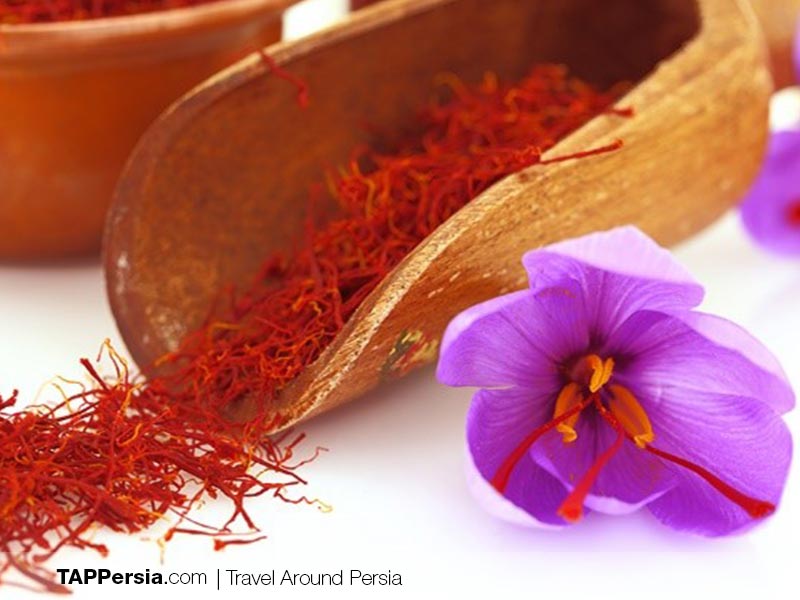


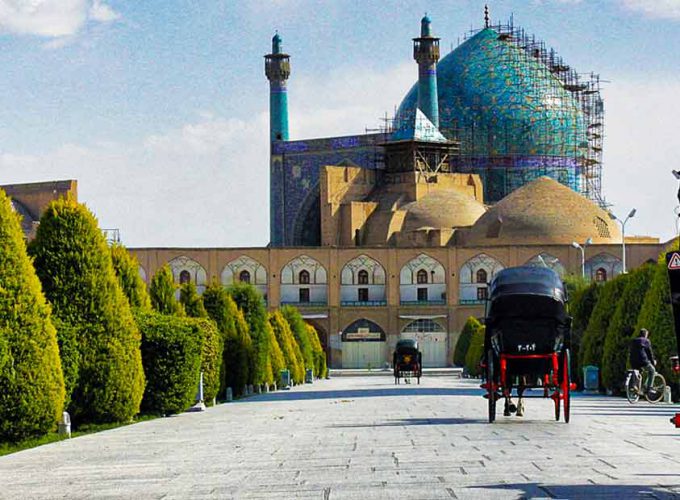
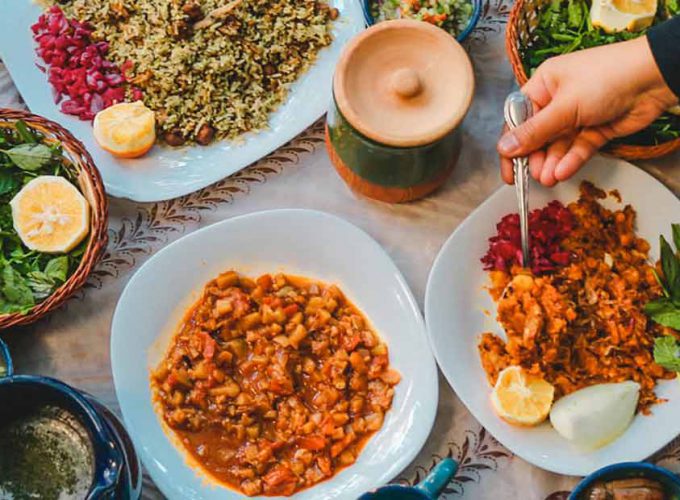
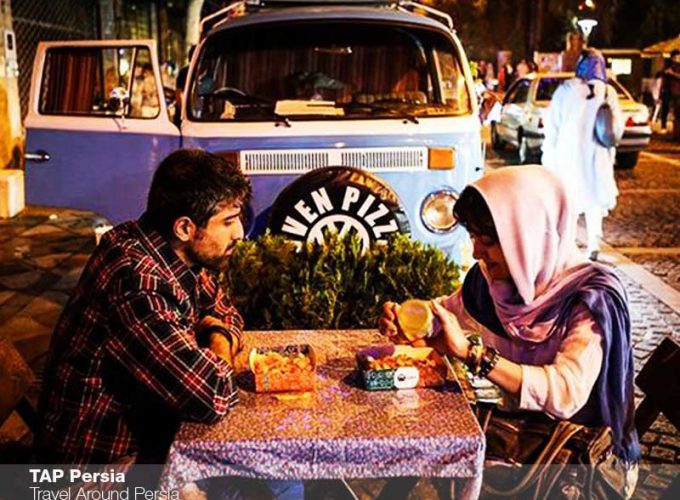
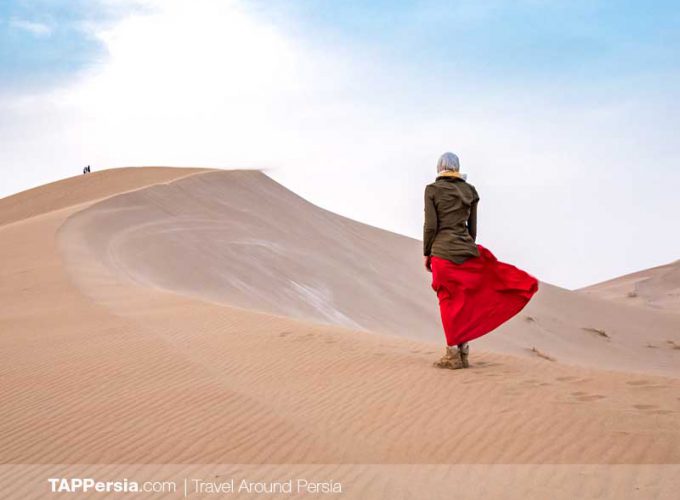


Comment (0)